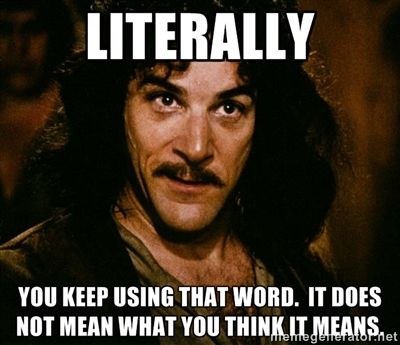The general motion is a problem, walking, dashing; and it's the dynamic motion that's a problem, punching, jumping, kicking, special actions. The movements are rigid, and to the point, without a lot of buildup which reduces tension (anticipation). I don't want to post SF movement to compare it to, so I can avoid the SF vs MK bs, and I don't want to post a bunch of pictures on here even though I just captured some off of youtube. I don't understand how you guys don't see this. Animation has laws: general rules. Those laws give animation its quality.
MK has never been based on traditional(hand drawn/stop-motion) animation save for Goro and the other stop-motion models, so the games never really needed things like extreme squash and stretch or exaggeration (though certain details like uppercuts and roundhouses did get exaggerated effects). The human actors gave us real movements because they were real people (martial artists). If the ball of a foot needed to rotate properly to perform a kick, or if a forearm needed to rotate properly to make a jab look natural, then the human actors just did it. No one needed to do any extra keyframing to make the performances look believable/realistic. The new games switched to motion capture, but motion capture just gives you motion. It doesn't give you the subtle actions that take place when people move. It just looks jarring, when everything in NRS games is hyper detailed, and the movement comes off as slightly robotic. All of the dashing/backdashing in MK9 reminds me of fencing dashes, with wide strides, but it seems weird looking in a "Kung-Fu fighting game".
http://minyos.its.rmit.edu.au/aim/a_notes/anim_principles.html
Check out the SSF4 credits on youtube if you want to see the kind of subtle movement I'm talking about.
Someone wrote a great post on a forum somewhere about the 12 principles of animation MK and fighters, but I can't find it. Anyway, here's the link they had in their post. It inspired a lot of what I wrote.
http://art-eater.com/2010/07/test-1-darkstalkers/
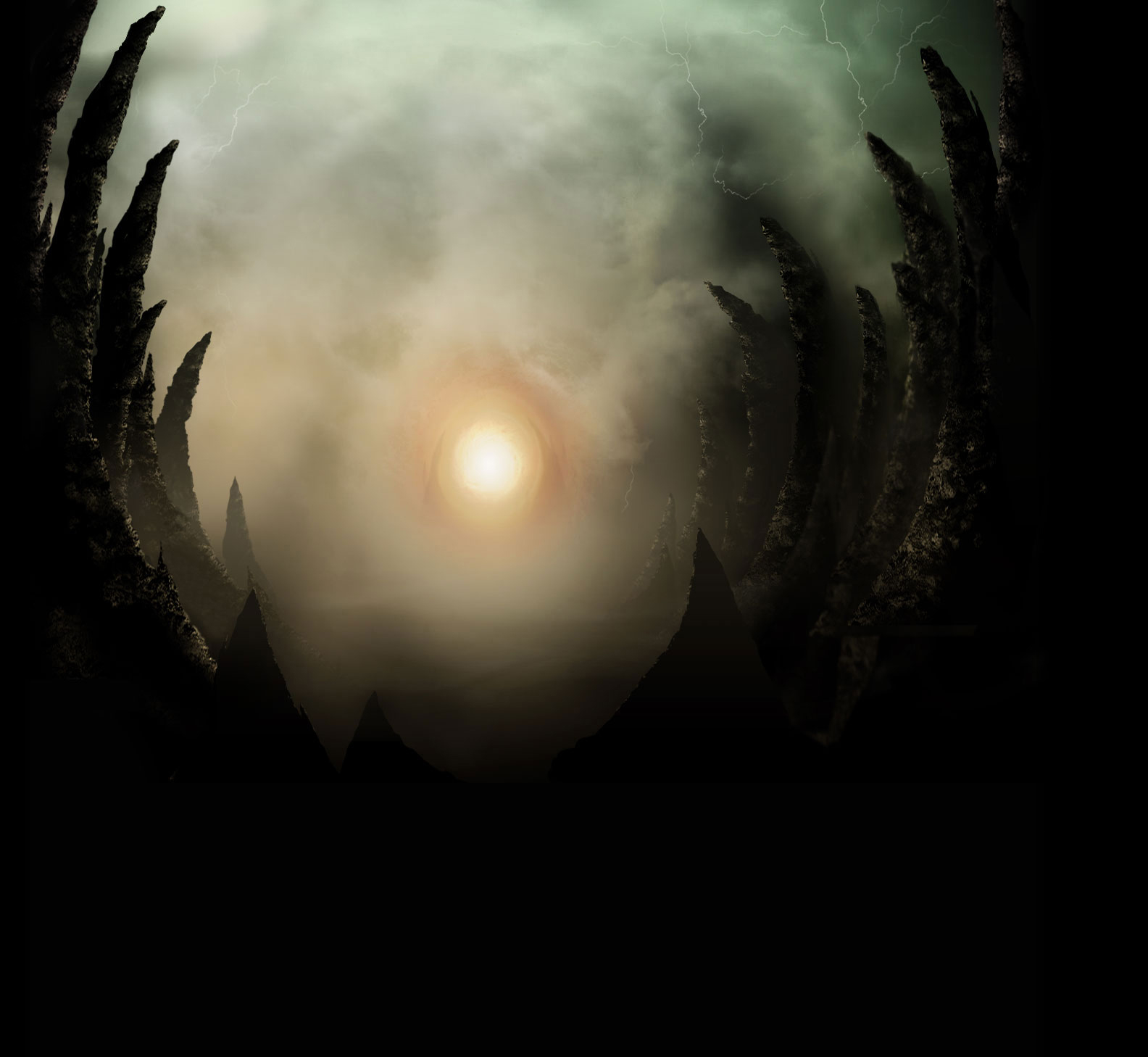
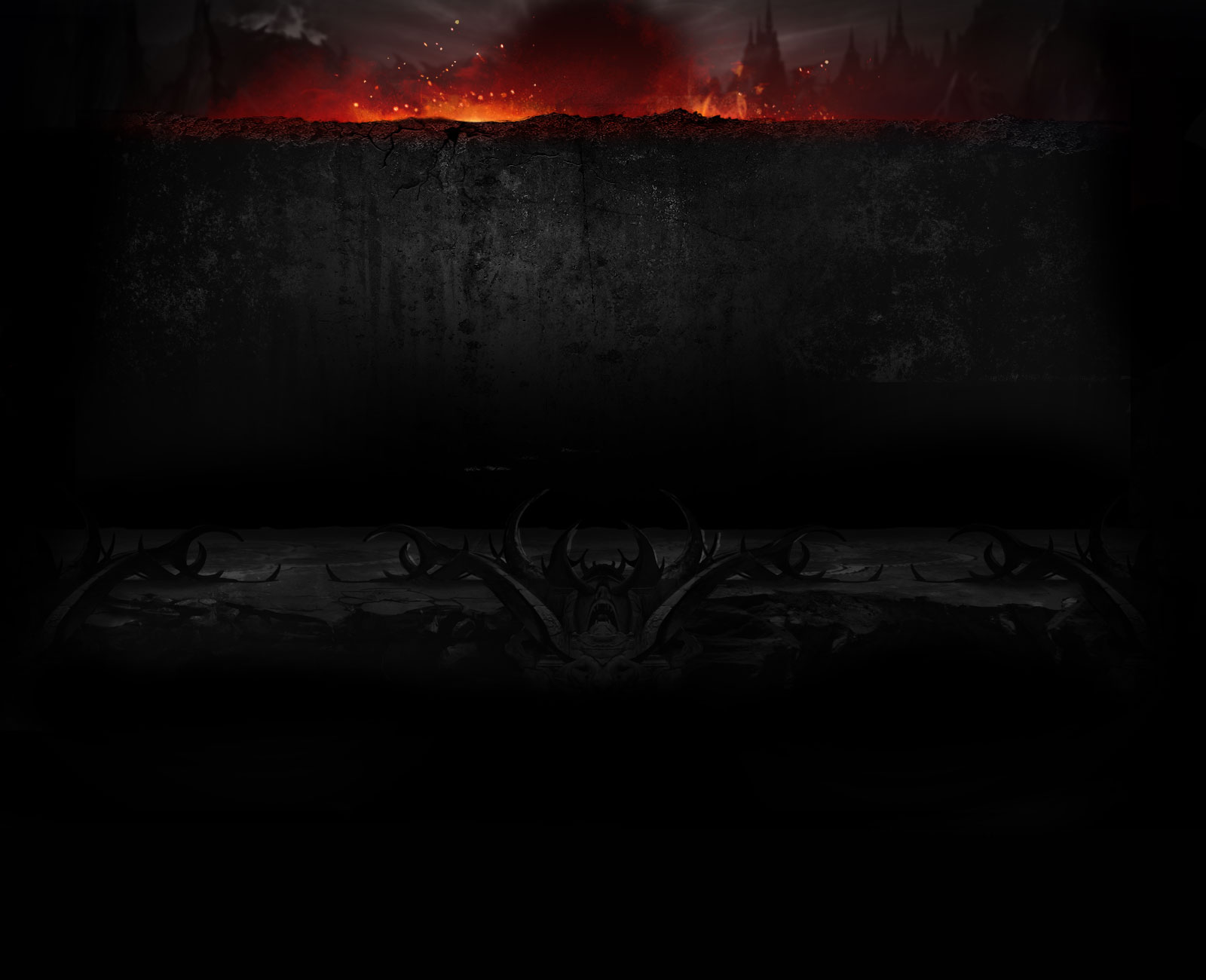
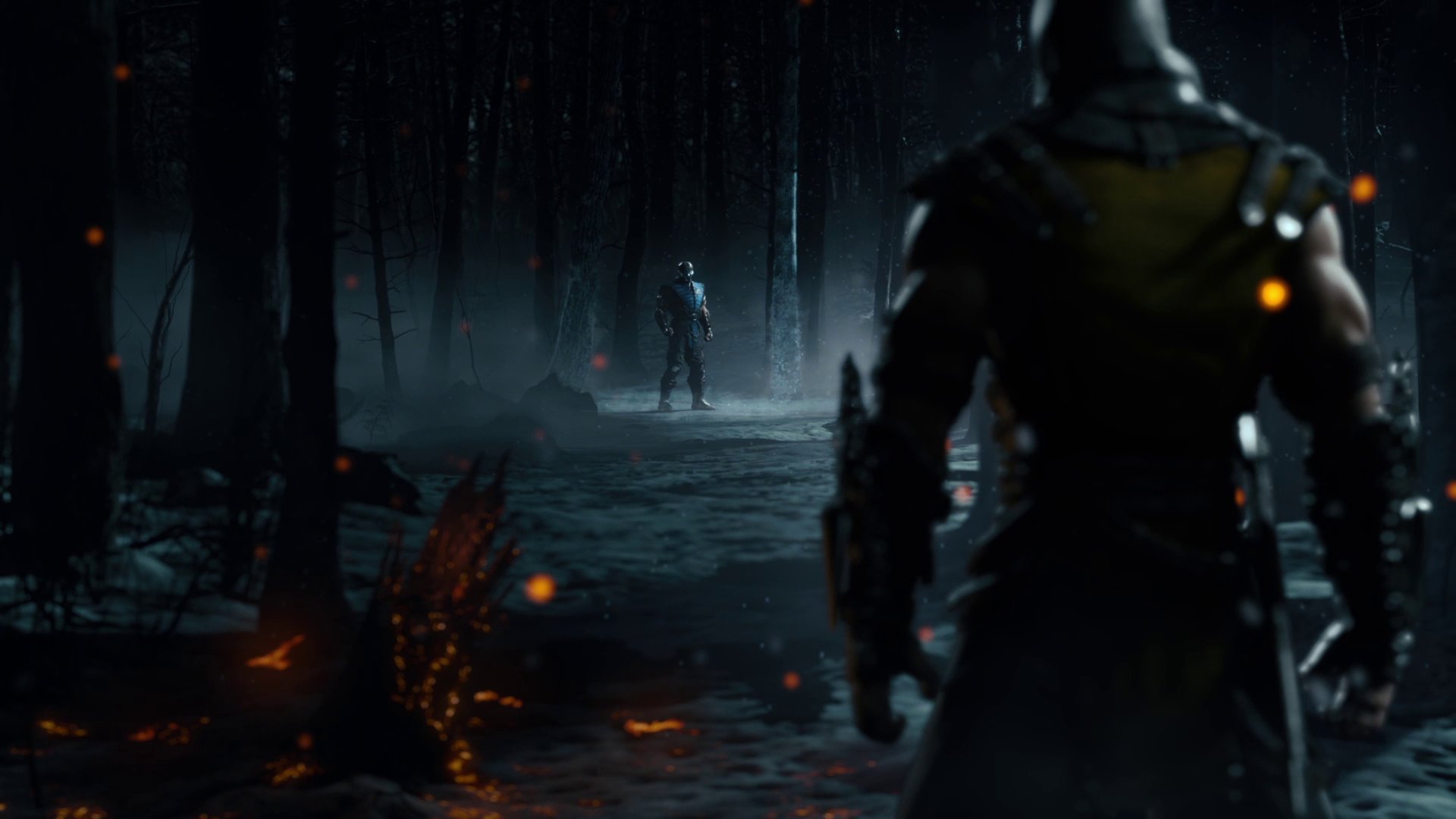


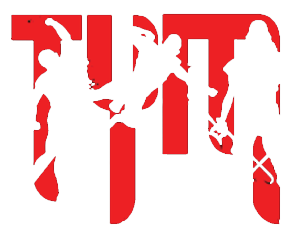
 but still d2 buff and indirect buff from others' nerfs). Hopefully they leave Zod alone, as I want to main him because he's my favorite DC villain, but I know he'll call attention so whatever I guess.
but still d2 buff and indirect buff from others' nerfs). Hopefully they leave Zod alone, as I want to main him because he's my favorite DC villain, but I know he'll call attention so whatever I guess.